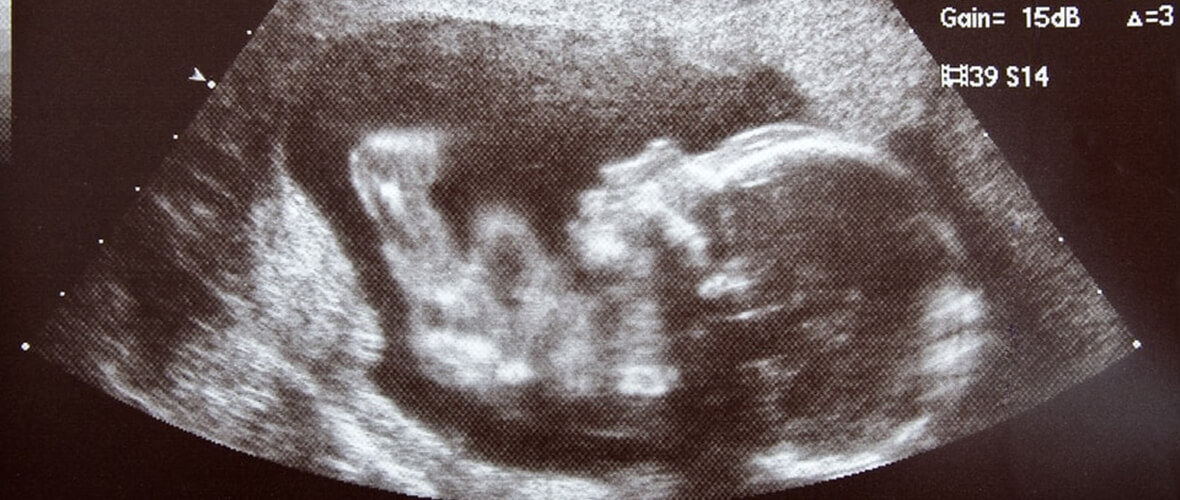Commercial keepsake ultrasounds give families a sneak preview of their growing baby. Although these services might create special memories and an opportunity to determine the baby’s gender, the use of ultrasound for non-medical purposes is not recommended.
An ultrasound exam is a procedure that uses high-frequency sound waves to scan a woman’s abdomen and pelvic cavity, creating a picture (sonogram) of the baby and placenta. The ultrasound is a noninvasive procedure that, when used properly, has not demonstrated fetal harm.
However, the long term effects of repeated and/or lengthy ultrasound exposures on the fetus are not fully known.
According to the U.S. Food and Drug Administration, an ultrasound should be requested by a physician for a medical reason and performed by trained professionals, such as sonographers, radiologists, or obstetricians. Ultrasounds administered by untrained technicians might reveal a complication or anomaly that is misinterpreted.
For these reasons, an ultrasound is not recommended for non-medical purposes. Several organizations have released statements regarding keepsake ultrasounds.
U.S. Food and Drug Administration: On Keepsake Sonograms or Ultrasounds
Persons who promote, sell or lease ultrasound equipment for making “keepsake” fetal videos should know that FDA views this as an unapproved use of a medical device. In addition, those who subject individuals to ultrasound exposure using a diagnostic ultrasound device (a prescription device) without a physician’s order may be in violation of state or local laws or regulations regarding use of a prescription medical device.
American Institute of Ultrasound in Medicine (AIUM): On Keepsake Sonograms
The AIUM recommends appropriately trained and credentialed medical professionals (either licensed physicians, registered sonographers, or sonography registry candidates), who have received specialized training in fetal imaging, perform all fetal ultrasound scans.
These individuals have been trained to recognize medically important conditions, such as congenital anomalies, artifacts associated with ultrasound scanning that may mimic pathology, and techniques to avoid ultrasound exposure beyond what is considered safe for the fetus.
Any other use of “limited medical ultrasound” may constitute the practice of medicine without a license. The AIUM reemphasizes all imaging requires proper documentation and a final report for the patient medical record signed by a physician.
European Committee for Medical Ultrasound: On Keepsake Sonograms
The embryonic period is known to be particularly sensitive to any external influences. Until further scientific information is available, investigations should be carried out with careful control of output levels and exposure times. With increasing mineralization of the fetal bone, as the fetus develops, the possibility of heating fetal bone increases.
The user should prudently limit exposure of critical structures, such as the fetal skull or spine, during Doppler studies (a type of ultrasound that detects movement, direction, and speed, such as fetal heartbeat).
Compiled using information from the following sources:
U.S. Food and Drug Administration, https://www.fda.gov/
American Institute of Ultrasound in Medicine, https://www.aium.org/
William’s Obstetrics Twenty-Second Ed. Cunningham, F. Gary, et al, Ch. 16.






